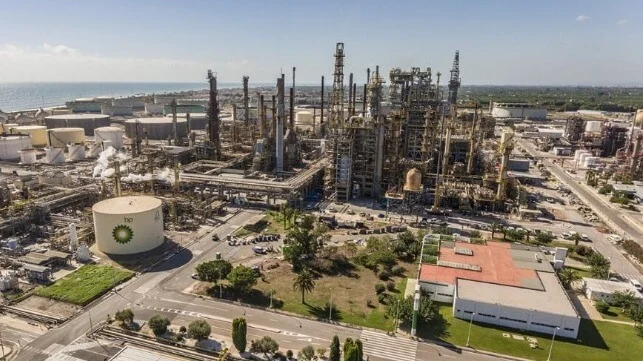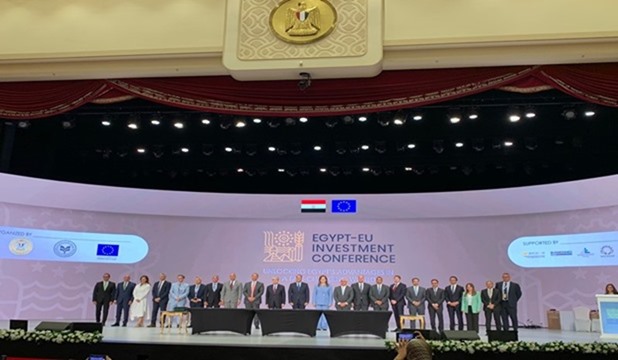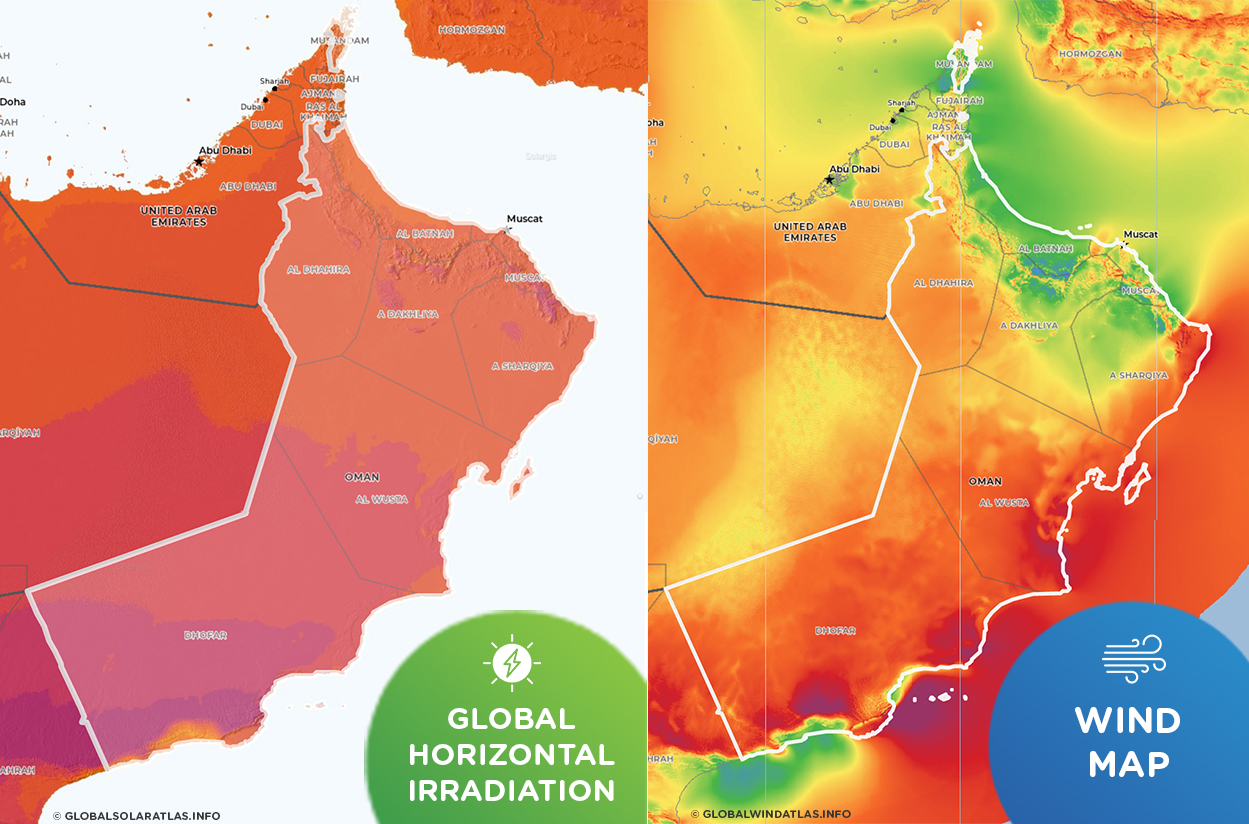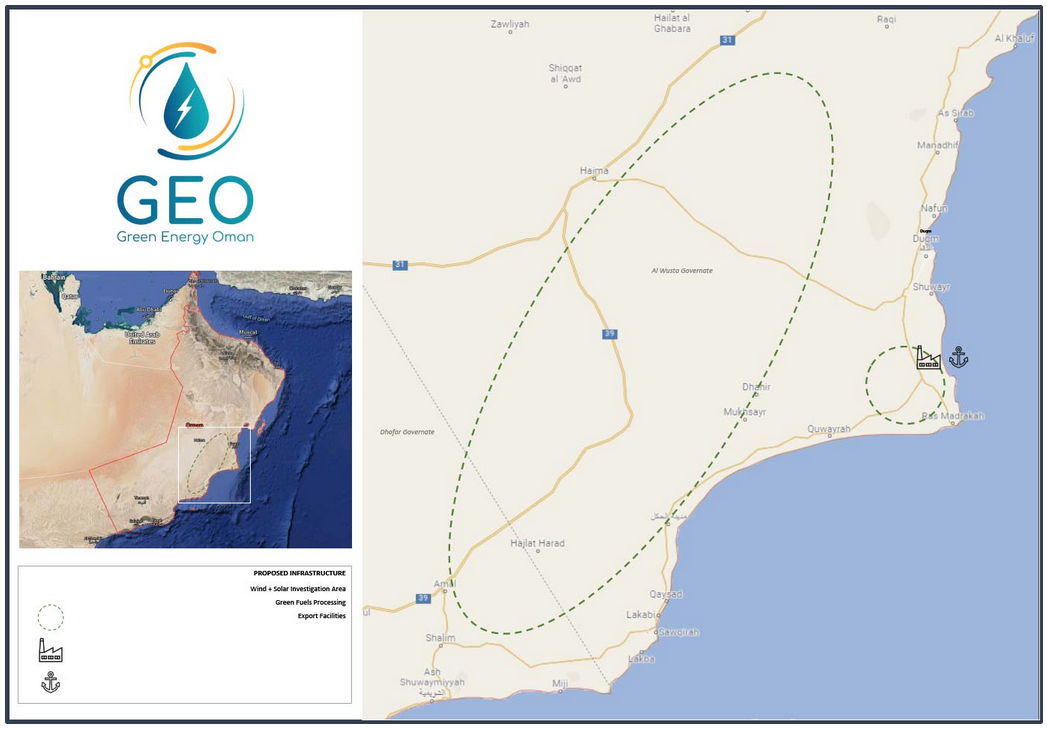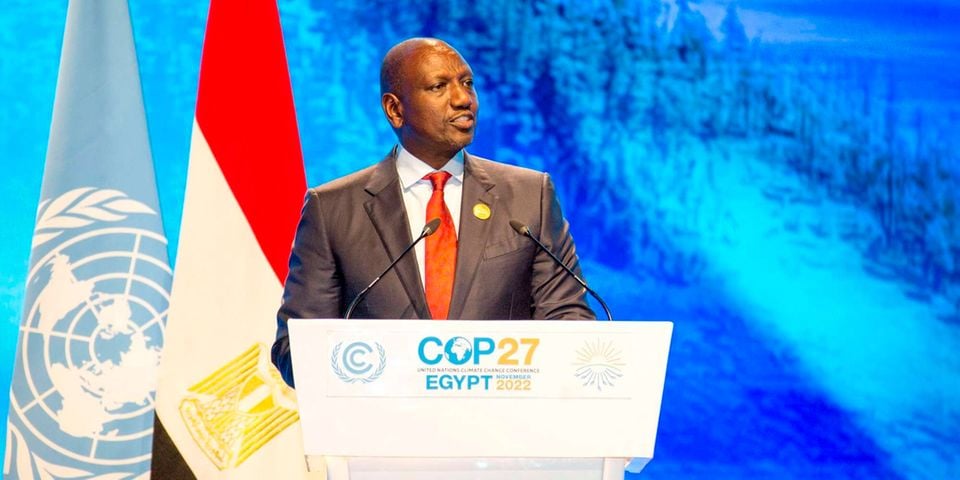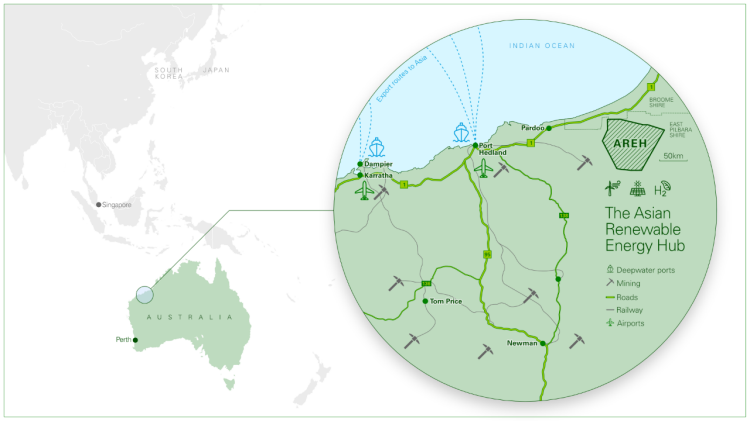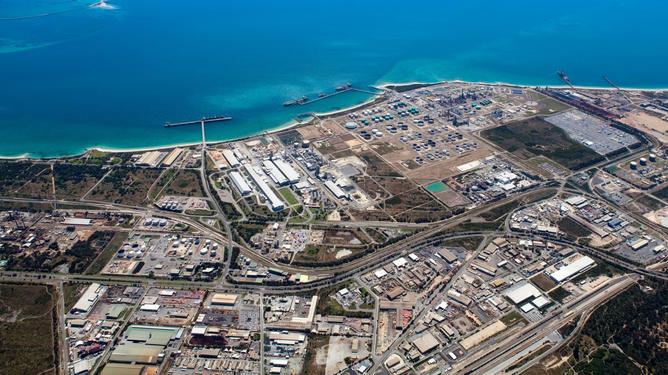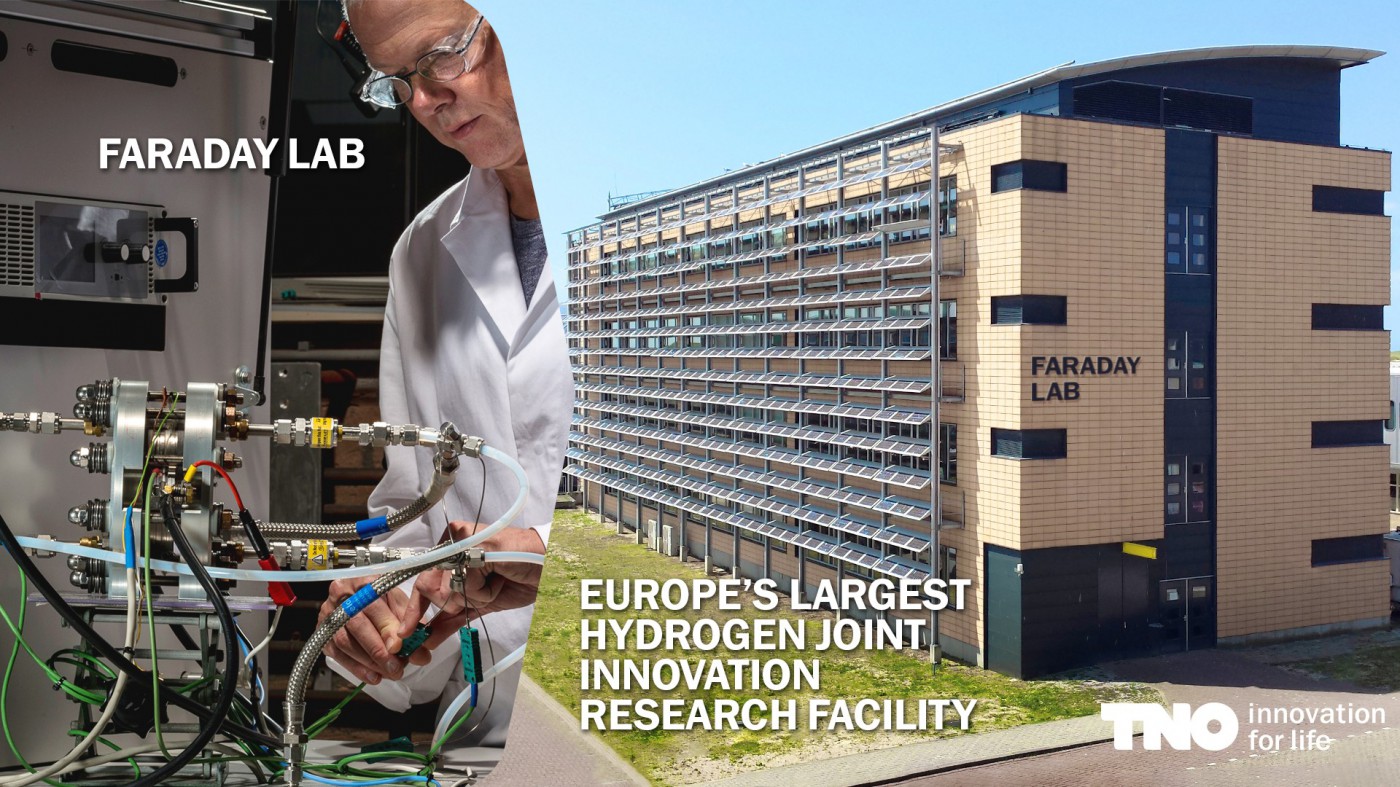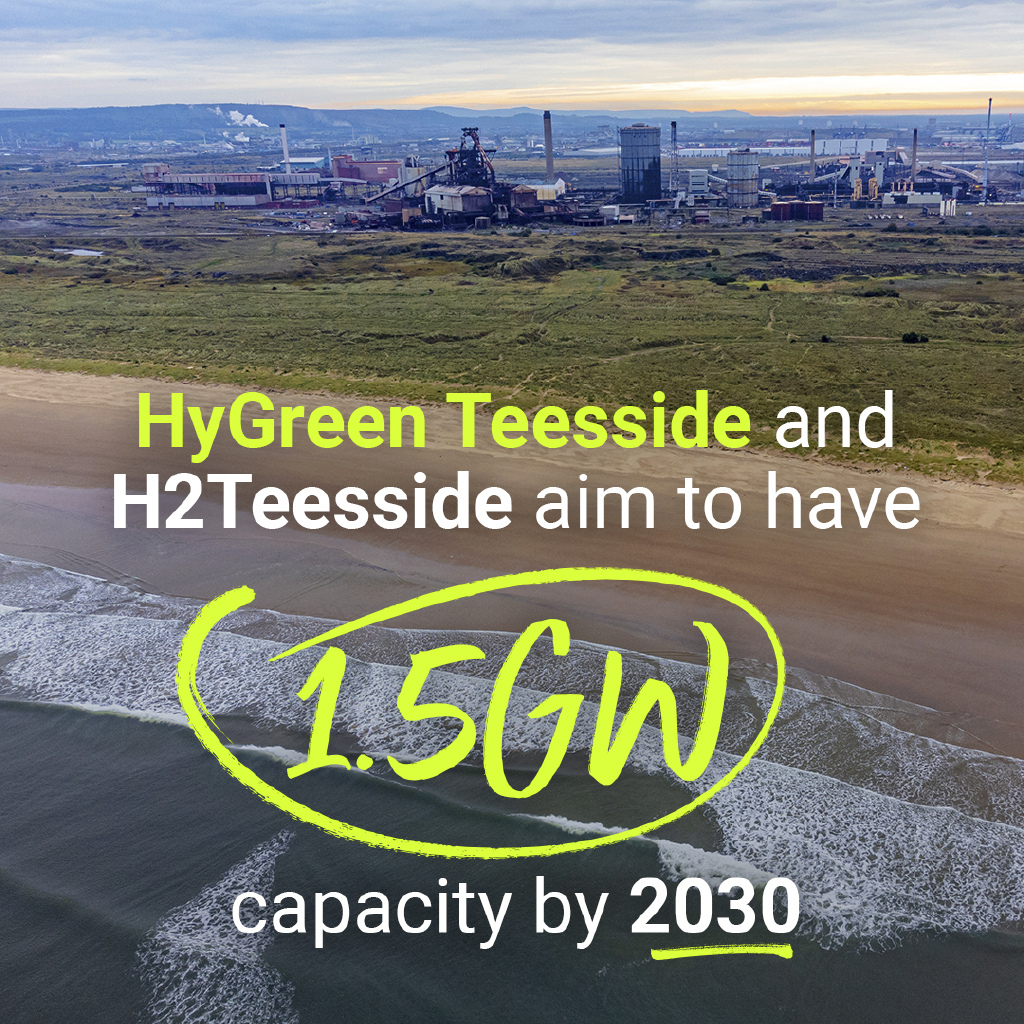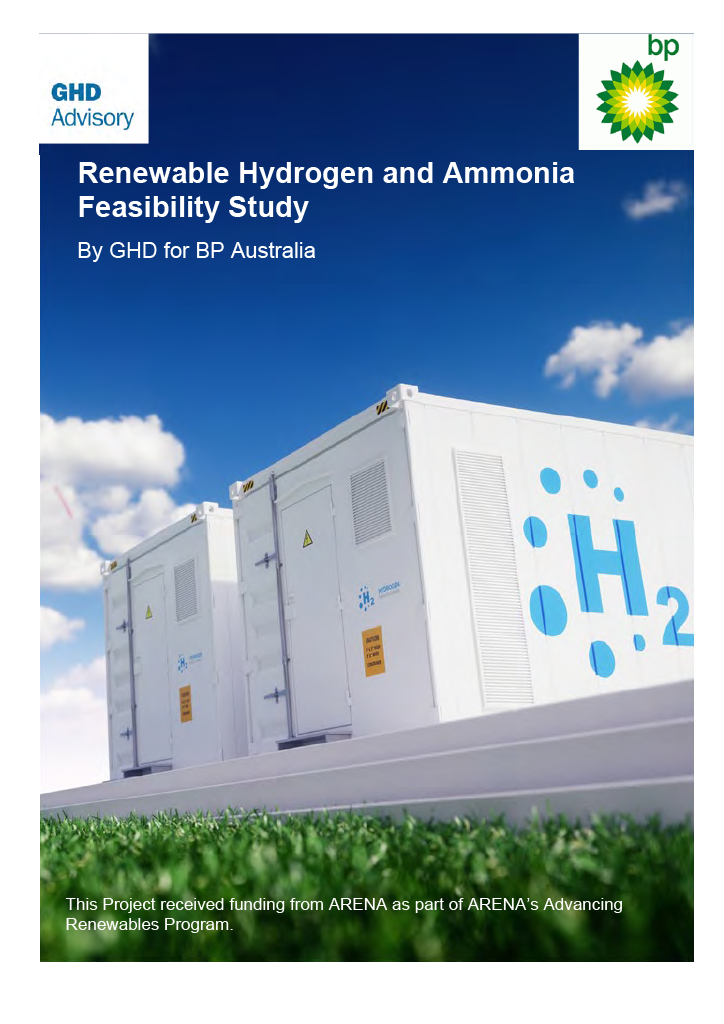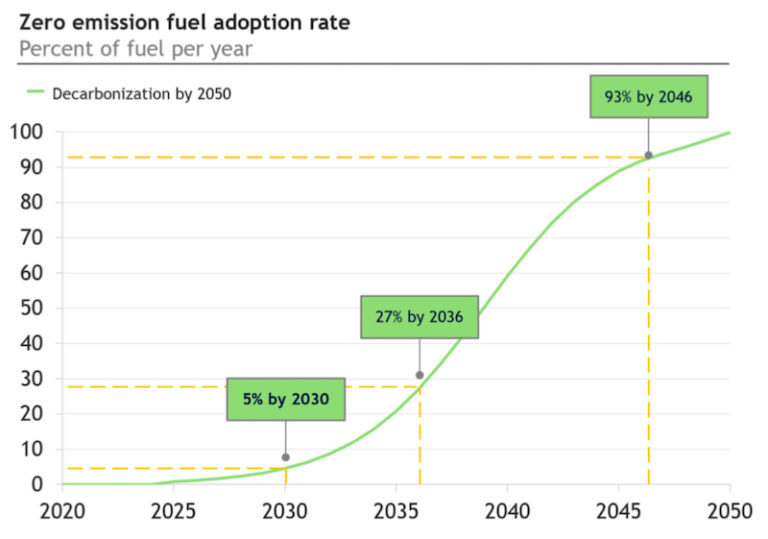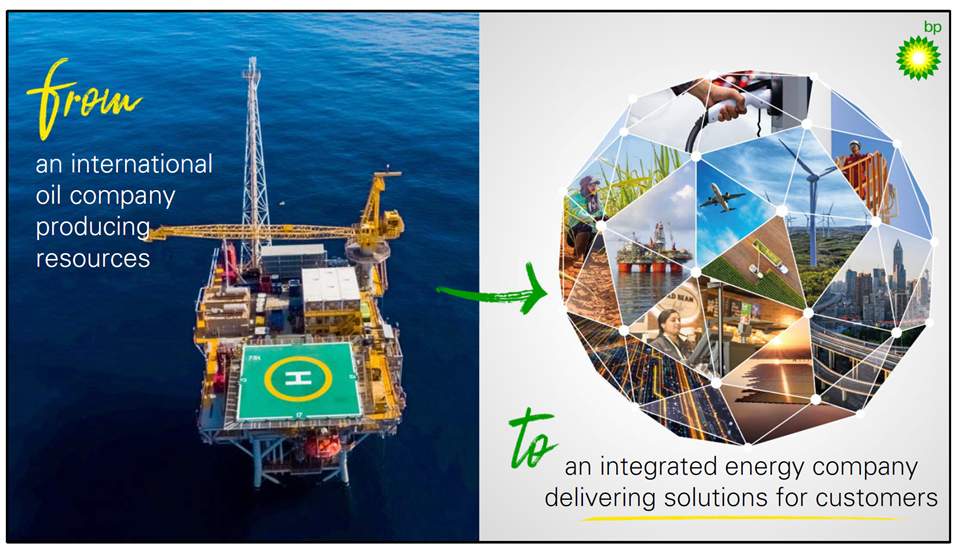
In its quarterly earnings call last month, bp unveiled progress in a number of key renewable hydrogen and ammonia projects. To help decarbonise its existing refinery in Castellón, Spain, a bp and Iberdrola-led consortium has taken FID on the HyVal project. bp also revealed that it will take an equity share and act as operator for the HYPORT Duqm project: a GW-scale ammonia export project being developed in southern Oman.
